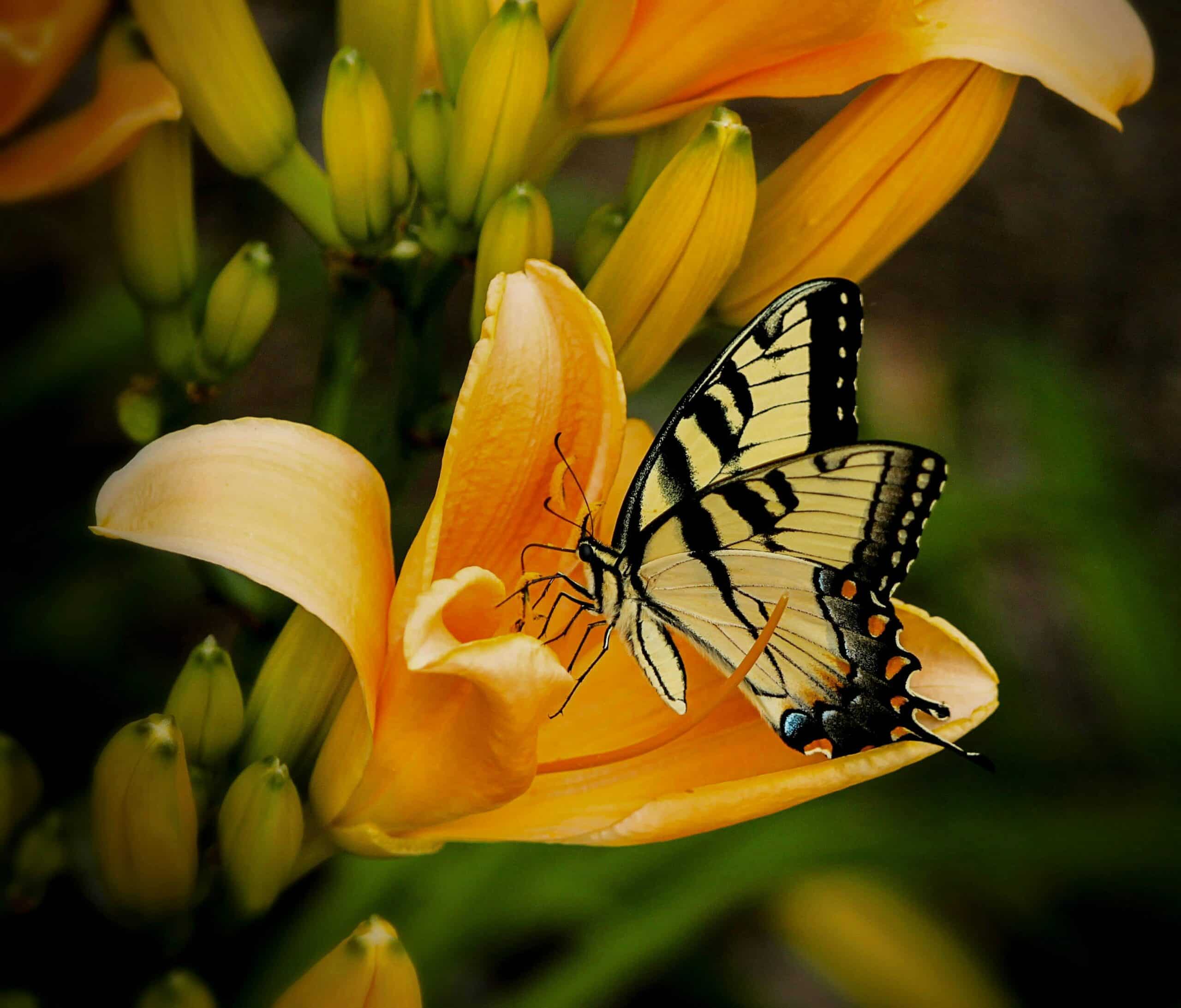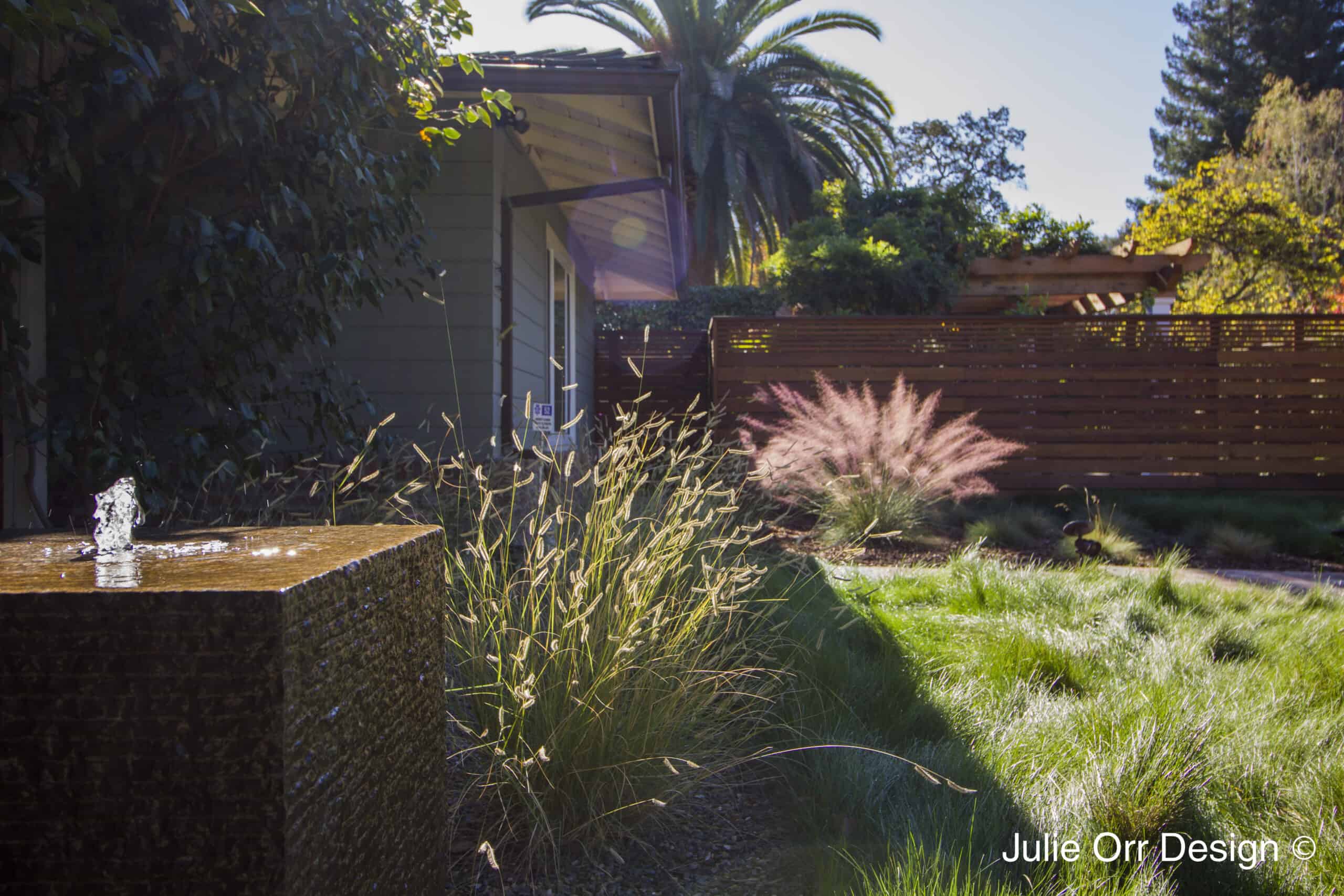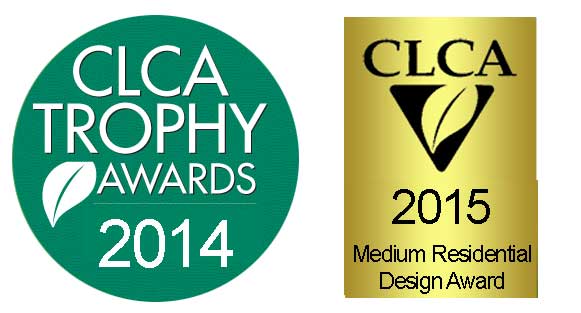I am not the only one who thinks that worms are just plain cool. While worms have been quietly breaking down organic matter for millions of years, it is great to see the pubic embracing this old idea as something fun and new.
At the Dream Green Team’s first collective trade show on June 29th for the SF Bay Green Fair, we had a drawing for ecological items for the home. The second prize featured a Can-o-worms and you would have thought we were giving away a new hybrid car! People swarmed to our booth in mass at the chance to take home this ‘recycled plastic worm dwelling.’ Smiles were everywhere as people began to think about turning kitchen discards into gardening treasures.
I have been vermicomposting for over four years and I can tell you it’s the greatest thing since Safer spray. Each morning after making a fresh cup of carrot/apple juice, I slide the pulp into the worm bin and watch as they quickly wiggle around and find their new meal. Of course I feed them other things like vegetable scraps, but the smaller pulverized fruit pieces are literally devoured after one day now. I started my bin with about 1,000 worms from The Worm Dude in San José, and I am estimating from their eating habits that I now have over 10,000 worms.
If you live in San Mateo County, you may order a subsidized worm bin from Recyleworks. Currently your first bin is only $29 and each subsequent bin is $53. This is a great value to consumers and a smart, sustainable way for the sanitation department to keep food waste out of our landfill. Besides, who doesn’t love turning your ‘garbage’ into gold!
I have been quite happy with my Wiggler Ranch (made in Australia) but I was happy to discover a similar model made in the USA. The Worm Factory boasts a 5-tray five system (2 more trays than mine) and you can purchase the bin online for under $100 from Happy D Ranch in California.
At the SF Bay Green Fair, I had the privilege of meeting a worm composting researcher from India who has spent the last nine years working for the Water and Sanitation department in Kathmandu, Nepal. Hari Bhandari, now living in San Francisco, shared with me an age of problem in sanitation but with a new-age twist.
“In traditional sanitation system human excretions, particularly urine and feces, are generally collected and transported from the point of generation to the point of treatment and/or disposal using huge amount of safe drinking water which pollute the downstream water bodies and failed to complete the resource loop.”
As a student of Environmental Engineering, Hari Bhandari studied exotic species Eisenia Fetida (red worm) and their ability to decompose human feces.
“Vermicomposting is a low-cost technology system that primarily uses red worms in the processing or treatment of organic wastes. Certain species of red worms can consume organic material residuals very rapidly and fragment them into much finer particles by passing them through a grinding gizzard, an organ that all worms possess. The red worms derive their nourishment from microorganisms that grow upon these materials. At the same time they promote further microbial activity since the fecal material or `casts’ that they produce is much more fragmented and microbial active than what they consume.”
I asked Hari if this technology was available in sanitation systems in the US. While he said that there was more research needed he also shared, “If we are able to explore vermicomposting of the human feces, it will be the terminal point in Ecological Sanitation.” To read Hari Bhandari’s entire abstract please contact him at bhandari60@yahoo.com
Now you can see why we have such a fascination with these crawly underground friends. As master composters, no one does a better job than worms.











Leave A Comment